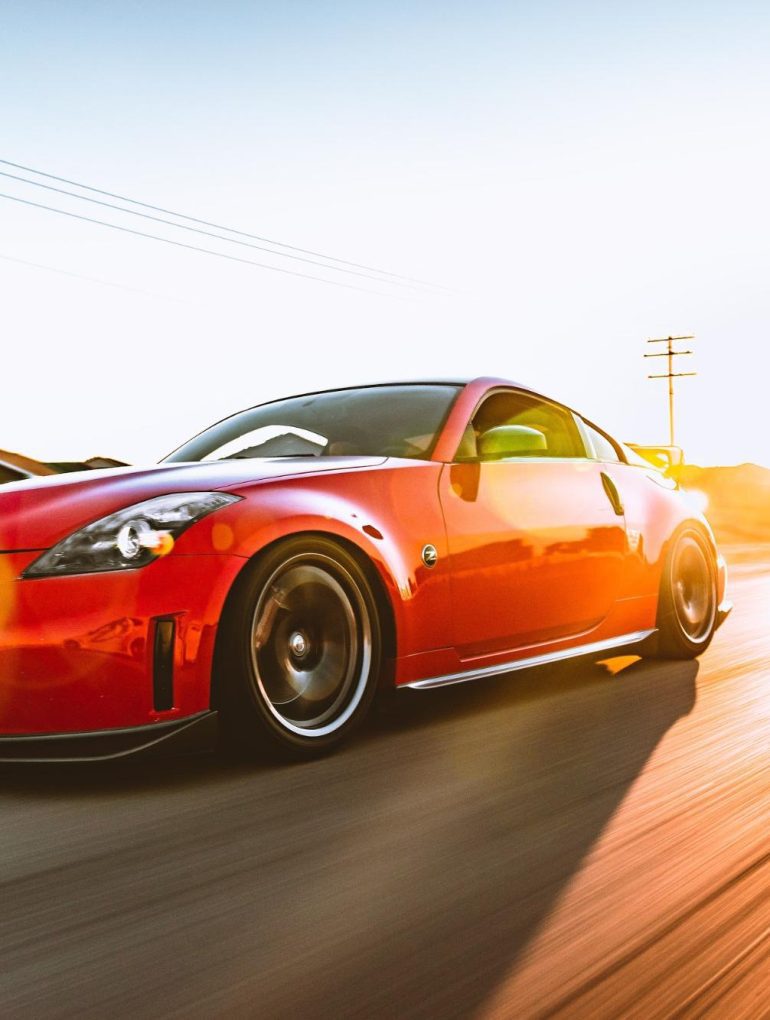An Important Factor in Your Car’s Performance
If you’re a car guy or girl, then you’ve probably heard about drag. It’s often discussed when a particular car’s performance or efficiency is concerned. Drag, and the reduction of it, is a topic that’s often a major focus for automotive designers as they create the shape and design of cars.
But what exactly is drag and how does it impact your car’s performance? I thought it worth it to take a much closer look at these questions and do a detailed explanation of the answers. So, without further ado, let’s get into what makes drag such an important aspect for cars and drivers.
What Is Drag?
At its most basic, drag is simply the level of air resistance on something as it travels through the world. You can have drag in the water, too, but let’s just focus on drag as it pertains to air and cars.
In fluid dynamics, drag is the force or that’s acting opposite of the object in motion, and it’s generated by every part of the object that’s moving. It’s a mechanical force generated by a solid object (like a car) moving through a fluid (liquid or gas), according to NASA.
The idea of drag is basically the friction of the air passing over the surface of the car. To reduce drag, you’d essentially need to reduce this friction, and there are a variety of ways to do that, which I’ll get into a little later on.
Why Should You Care About Drag?
The more drag there is on your car, the more effort it will take to move it. This means if you have two cars with 350 hp but one creates far more drag than the other, then the one that creates less drag will be able to go faster.
Then there’s efficiency. An efficient car is one that uses as little energy (from gasoline or electricity) as possible to go a certain distance. A car that creates a lot of drag will be far less efficient than a car that creates only a little bit of drag.
For supercars and sports cars, drag is utilized to create the proper amounts of downforce to make the car handle in a certain way. It’s also reduced as much as possible to help the cars achieve very high top speeds.
For other cars with a focus purely on efficiency, you’ll notice that drag is once again reduced as much as possible to try to get the most out of the stored energy, whether it’s a tank full of gasoline or a battery full of electricity.
Reducing the amount of drag a car creates simply makes it operate better both in terms of performance and efficiency, which is why you should certainly care about the drag that your car does create.
What Can You Do About Drag?
So, now that you know about the drag and why it’s important to both high levels of performance and efficiency, what can you do about it? Well, for starters you can slow down.
According to https://drive55.org/, driving slower isn’t just a suggestion to keep you safe, it’s also one of the best ways to help ensure drag is reduced and you get the most out of your car. As you increase your speed, drag impacts the efficiency of your car more. The ideal speed for getting the most out of your car is 35 to 45 mph.
However, you can’t always travel at that speed, especially on the highway. What you can do is slow down in general. Drive55 notes that slowing down from 80 mph to 55 mph will save 28 percent in terms of fuel in most cases. If you do that math on that over the course of a year, you’ll see that can really add up.
Another thing you can do to help reduce drag is to remove unneeded or unnecessary accessories on the exterior of your car. Flags, top cases, and roof racks can more dramatically impact your car’s aerodynamics than you might think. They can increase your car’s drag and that can notably hurt your car’s performance and efficiency.
In general, you want your car to be as smooth and slippery through the air as possible. This means removing roof racks and other accessories from the exterior of your car. Doing that and slowing down can help you get the most out of your vehicle each and every time you drive it.






